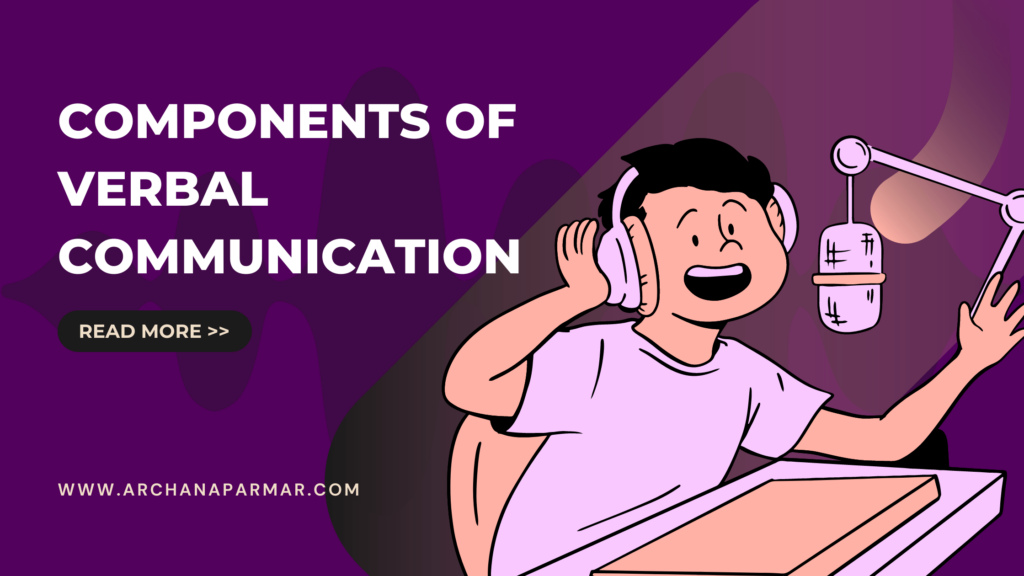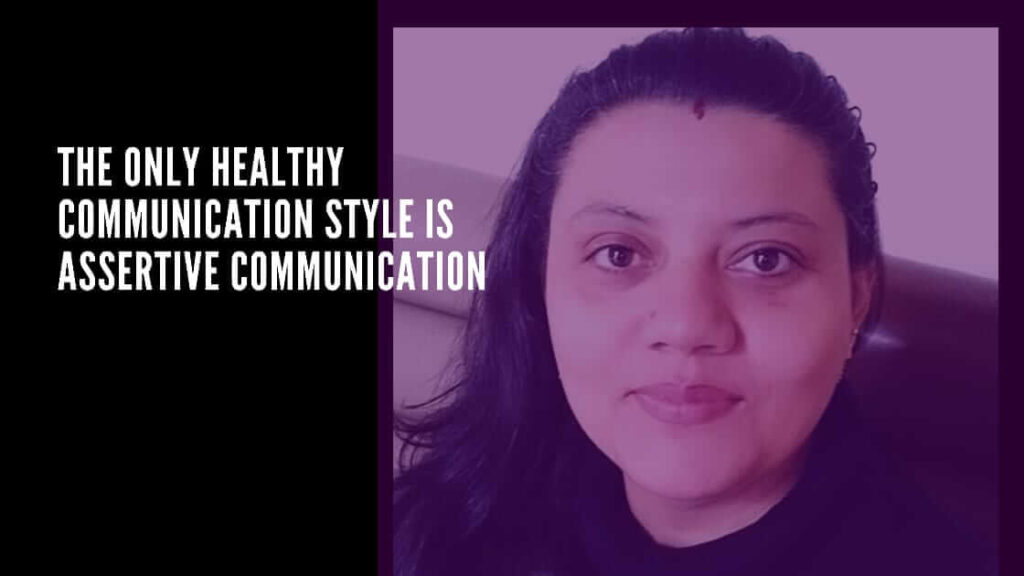How people pleasing is harming your self esteem
How people pleasing is harming your self esteem You’ve probably heard it before: “Be polite, or you’ll offend people.” But what you may not know is that this phrase isn’t just about politeness. It’s also about our ability to express ourselves and stand up for ourselves. People pleasers are often stuck in a cycle of guilt and anxiety that keeps them from speaking up and being assertive. By following these tips, you can learn how to break free from this habit so that you can be more assertive in your relationships with others–and yourself! People Pleasing is a Habit People pleasing is a habit and it’s not healthy. People pleasers tend to put their own needs aside for the sake of others. They often feel like they need to be liked or accepted by others in order for them to be happy, which can cause great anxiety when these wants aren’t met. They also want others’ approval so badly that they sacrifice their own feelings in favor of making sure everyone else is happy—even if that means denying what makes them happy! Another issue with people pleasing is that it makes us feel like we aren’t good enough on our own: “I’m trying my best but I just can’t seem to do anything right!” This kind of thinking can lead us down dangerous paths because we’re constantly searching for ways out of situations instead of focusing on solutions (such as asking ourselves why we need other people’s approval). It is Easy to Be a People Pleaser People Pleasers are at risk for addiction and anger issues. They may have trouble making decisions because they are so focused on pleasing others. They also tend to be bad decision makers because they’re always looking for ways to please others without having to make their own choices, which can lead them into unhealthy situations. People Pleasers tend to feel guilty when they succeed or express their feelings in any way. The No-Judgement Zone is a place where we never judge ourselves or anyone else around us; instead, we allow ourselves to be human beings who like being people pleasers but also want independence and freedom from the constant pressure of having to please everyone all day long! The No-Judgement Zone The no-judgement zone is a place where you can be yourself without worrying about what others think of you. You don’t have to worry about how your actions will affect their opinion of you, or if they will judge or criticize your behavior. The no-judgement zone is also a place where people feel safe enough to say anything without having it taken personally by the other person. They know that even if they say something rude or hurtful, it won’t affect them because there isn’t any expectation from others that they must act differently towards them than everyone else in their life. Feeling Guilty for Succeeding Guilty feelings are a normal part of being human. Guilt is a feeling of responsibility for another person’s feelings, and it can be helpful in many ways. When you feel guilty about something, it means you’re worried about the consequences if your actions or thoughts don’t meet up with their expectations. Guilt also serves as a motivator to improve yourself so that you can be better at pleasing others—whether that means making sure everyone has their needs met before doing something for yourself (like going on vacation) or sacrificing your own needs so that others can have theirs met (like taking care of someone else’s child). Feeling guilty helps us learn from our mistakes and become better people overall because we’re constantly trying to improve ourselves through these kinds of experiences. It may seem counterintuitive but guilt actually improves health: according to research published by the American Psychological Association in 2006 titled “Guilt Is Good For Your Health”[1], people who express more guilt tend to live longer lives than those who don’t! The authors concluded this was because “guilty individuals” scored higher on tests measuring how healthy they were physically as well as mentally.” Not Expressing Your Feelings If you’ve ever been a people pleaser, it’s because you were afraid to say no. You feared being judged or rejected. You feared being criticized and/or seen as selfish, mean and unkind by others. When we don’t voice our feelings, our emotions become suppressed for fear of judgment from others—even if those judgments are negative ones like “You should be more considerate” or “Don’t make me feel like I’m bothering you when I ask for help with my work.” People pleasers are often stuck in a cycle of guilt and anxiety that keeps them from speaking up and being assertive. People pleasers are often stuck in a cycle of guilt and anxiety that keeps them from speaking up and being assertive. People pleasers are often afraid to stand up for themselves. They feel like they’re asking for trouble by speaking up, so they’re always worried that their requests will be rejected or judged negatively (even if it’s not true). People pleasers may also be afraid of being rejected by others: because of this fear, they try to please everyone by doing everything people ask them to do—even if the task isn’t important enough for them personally. As a result, these people end up feeling unhappy and unappreciated at work because they’re never given credit for their hard work! If you’re someone who frequently feels guilty for doing something wrong, it can be a struggle to stop the cycle of people pleasing. Even though people pleasing is a habit that stems from our desire to make others happy and keep them happy, it doesn’t have to be this way. By learning how to express yourself better and being assertive in situations where you feel like people pleasing might work better for both you and your partner (or friends), you can start breaking free from the cycle of guilt that keeps people pleasers stuck in a no-win situation. If this










